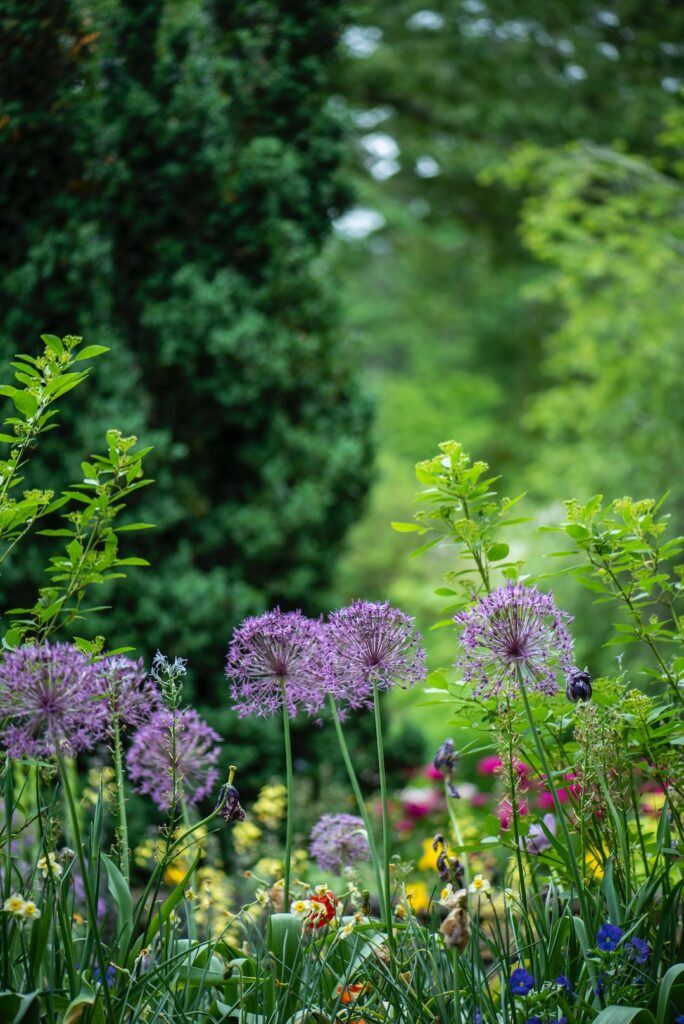The Ultimate Guide to Caring for Garden Snails
Do you have a fascination with these tiny, slimy creatures that call your garden home? Garden snails might not seem like the most exciting creatures, but they play an essential role in our ecosystem. In this comprehensive guide, we will explore everything you need to know about caring for garden snails, from fascinating statistics to practical tips for keeping them happy and healthy.
Interest: Surprising Statistics about Garden Snails
Before we delve into the nitty-gritty of caring for these fascinating creatures, let’s take a moment to appreciate some surprising statistics about garden snails that might pique your curiosity:
1. Speedy Travellers: Despite their reputation for being slow, garden snails can actually move at a surprisingly brisk pace of up to 50 yards per hour. That’s not bad for a creature with a reputation for being sluggish!
2. Voracious Appetites: Garden snails are not picky eaters. In fact, they can consume nearly 500 different types of plants, which makes them both a delight and a nuisance in the garden, depending on your perspective.
3. Spiral Shells: One of the most iconic features of garden snails is their spiral shells. These shells are not only beautiful but also serve as a protective home for the snails, providing them with shelter from predators and harsh weather conditions.
Now that we’ve sparked your interest, let’s move on to the practical aspects of caring for these remarkable creatures.
Understanding Garden Snails: Their Needs and Behaviors
Garden snails might seem like low-maintenance pets, but understanding their needs and behaviors is crucial to ensuring they thrive in your care.
Habitat and Environment
Garden snails require a comfortable and safe environment to thrive. Here are some essential factors to consider when creating a suitable habitat for your snails:
– Humidity: Snails require a moderately humid environment to prevent their soft bodies from drying out. Aim for around 70-90% humidity in their enclosure.
– Substrate: Opt for a substrate that retains moisture, such as peat moss, coconut coir, or topsoil. This will help maintain the necessary humidity levels and provide a comfortable surface for the snails to explore.
– Shelter: Provide hiding places such as small logs, hollowed-out coconut shells, or commercially available shelters to give your snails a sense of security.
Diet and Nutrition
Proper nutrition is essential for the health and well-being of garden snails. Here’s what you need to know about their diet:
– Vegetable Delights: Garden snails thrive on a diet of fresh fruits and vegetables. Leafy greens, cucumber, squash, and carrots are among their favorite treats.
– Calcium Consumption: To support shell growth and overall health, provide a source of calcium such as cuttlebone or crushed eggshells.
Behavior and Activity
Understanding the behavior of garden snails can help you provide an enriching environment for them:
– Nocturnal Creatures: Garden snails are primarily active during the night, so don’t be surprised if they retreat into their shells during the day.
– Explorers at Heart: These curious creatures enjoy exploring their surroundings, so offering a variety of textures and hiding spots in their enclosure can stimulate their natural behaviors.
How to Care for Garden Snails in Your Daily Life
Now that you have a better understanding of the needs and behaviors of garden snails, you might be wondering how you can incorporate these insights into your daily life. Here are some practical tips for caring for garden snails at home:
Create a Snail-Friendly Garden
If you have a garden, consider making it more hospitable for garden snails:
– Provide Shaded Areas: Create shaded spots in your garden to offer refuge from harsh sunlight, as snails are susceptible to drying out in direct sunlight.
– Avoid Harmful Chemicals: Refrain from using chemical pesticides and herbicides in your garden, as these can be harmful to snails and other beneficial creatures.
Build a Snail Enclosure
For those interested in keeping snails as pets, setting up an enclosure can be a fulfilling project:
– Choose the Right Enclosure: Opt for a spacious glass or plastic terrarium with a secure lid to prevent escape.
– Maintain Ideal Conditions: Monitor and maintain the humidity levels and cleanliness of the enclosure regularly to ensure a healthy environment for your snails.
Enjoy Observing Their Behavior
Caring for garden snails can be a delightful and educational experience:
– Be Observant: Take the time to observe your snails’ behaviors, such as how they move, what they eat, and when they are most active. It can be a fascinating insight into the natural world.
– Engage Curious Minds: If you have children, involving them in caring for garden snails can be an excellent way to instill a sense of responsibility and a love for nature.
In Conclusion
Caring for garden snails is a rewarding endeavor that allows you to appreciate the often-overlooked beauty of these fascinating creatures. By understanding their needs, behaviors, and how to incorporate them into your daily life, you can create a harmonious environment for both your snail companions and the garden they inhabit. Whether you’re a curious observer or an aspiring snail enthusiast, there’s so much to discover and enjoy in the world of garden snails. So, why not take a moment to slow down and appreciate the miniature marvels that share our garden spaces?











